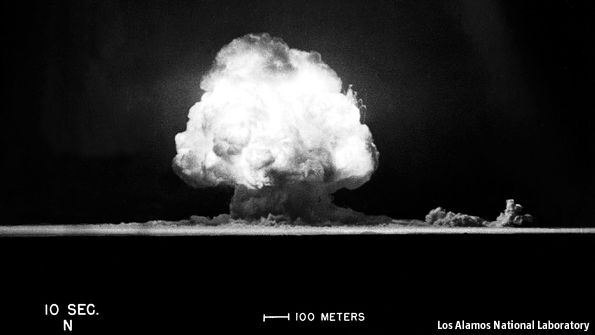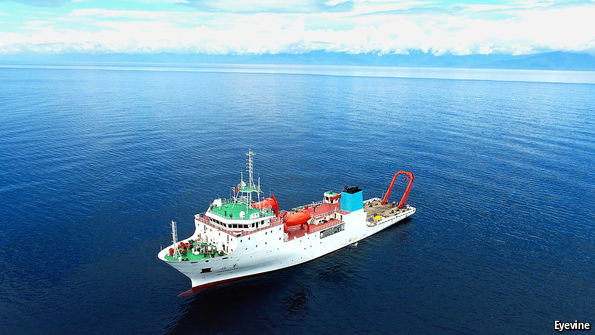A cool shirt

IF A room is cold, you have a choice. Pull on a jumper or a jacket, or turn up the heating. If it is hot, the obverse choice is not so easy to make. There is a limit to how much disrobing is permissible, and even the wearing of light garments such as T-shirts, in order to stay cool, is frowned on in some business circles. The default is therefore to switch on the air conditioning.
That may change if a discovery published this week in Science comes to commercial fruition. Yi Cui and his colleagues at Stanford University have discovered a fabric that keeps skin 2°C cooler than a cotton T-shirt. In terms of comfort, this is a significant drop—and one which would be good not only for the wearer but also for energy bills. If widely adopted it would mean buildings could be kept warmer than at present, saving huge amounts of electricity in the summer months.
Dr Cui’s goal was to cool the wearers of clothing by tinkering with the way heat radiates from their bodies. More than half of body heat is in the infrared (IR) part of the spectrum. This means its wavelength is longer than that of visible light. Materials like…Continue reading
Source: Economist











